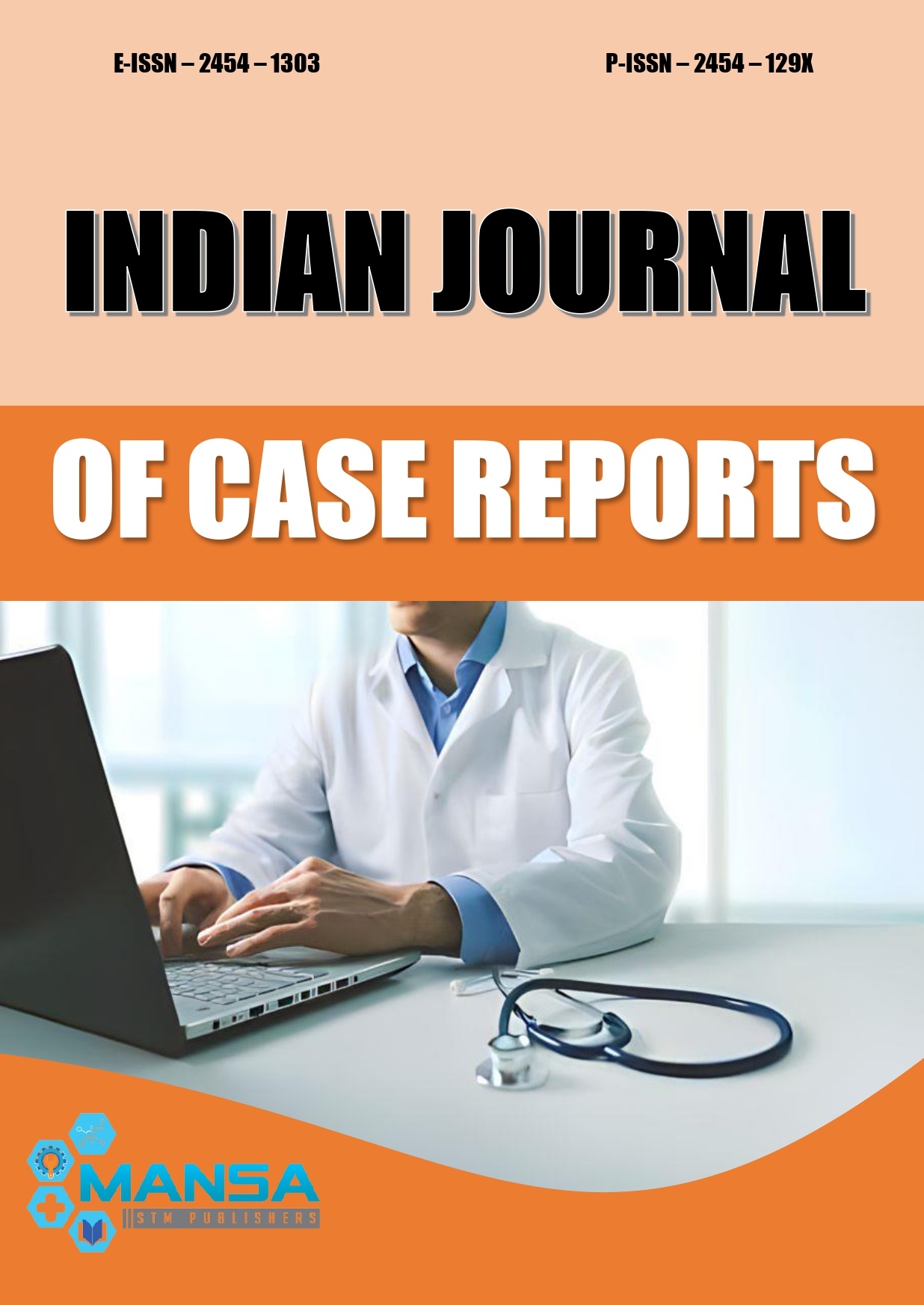Pathological complete response after neoadjuvant cyclin-dependent kinase 4/6 inhibitor and neoadjuvant endocrine therapy in locally advanced hormone receptor-positive breast cancer
DOI:
https://doi.org/10.32677/ijcr.v10i10.4727Keywords:
Breast cancer, Hormone-positive breast cancer, pCR, Locally advanced breast cancer, Neoadjuvant cyclin-dependent kinases 4/6 inhibitorAbstract
Breast cancer (BC) comprises different molecular subtypes, each having its own individual prognostic factors and thus having a distinct treatment algorithm. With the advent of cyclin-dependent kinase 4/6 (CDK 4/6) inhibitors, hormone receptor-positive (HR+) BC now has an additional targeted therapeutic option apart from endocrine therapy. As of now, CDK 4/6 inhibitors are Food and Drug Administration (FDA) approved in the metastatic and adjuvant settings. However, for the neoadjuvant setting, systemic chemotherapy is the standard of care. Systemic chemotherapy may not be a suitable option for elderly and frail patients in terms of associated side effects. Thus, due to tailored oncological management, many phase II and III trials of neoadjuvant CDK 4/6 inhibitors are ongoing. CDK 4/6 inhibitors are better tolerated than systemic chemotherapy and have less reported adverse events. Here, we report a case of locally advanced BC (HR+) achieving pathological complete response from neoadjuvant CDK 4/6 inhibitor with minimal toxicity. Thus, CDK 4/6 inhibitors appear to have a promising and upcoming role in the neoadjuvant setting for hormone-positive BC.
Downloads
Downloads
Published
Issue
Section
License
Copyright (c) 2024 Ankur Mahajan, Saroj Kumar Das Majumdar, Sandip Kumar Barik, Deepak Kumar Das, Dillip Kumar Parida, Rashmi Patnayak, Manas Ranjan Baisakh

This work is licensed under a Creative Commons Attribution-NonCommercial-NoDerivatives 4.0 International License.

